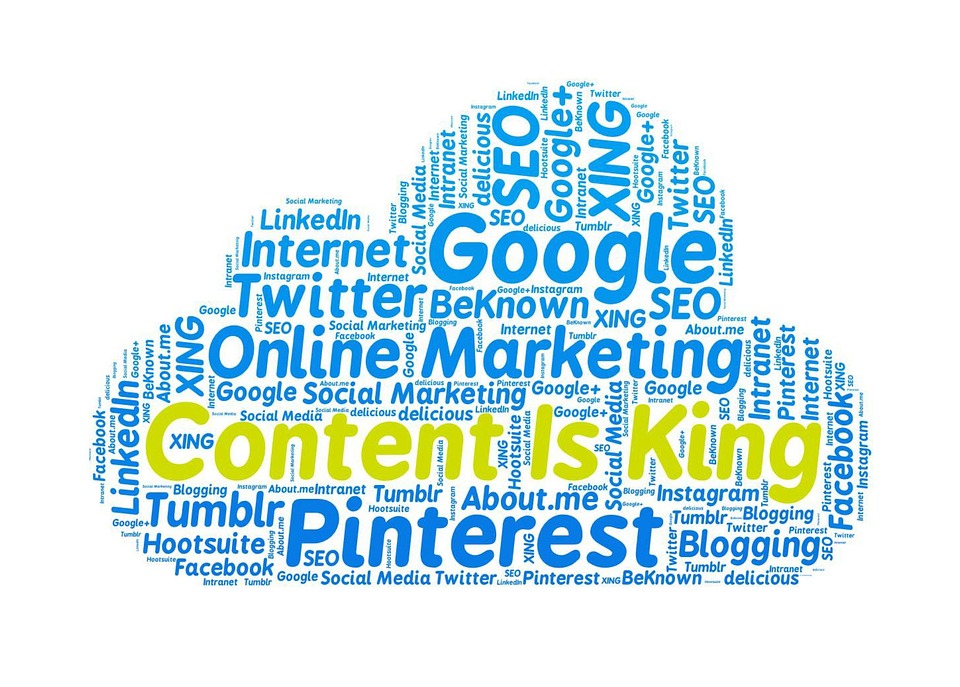A growing number of organizations are allocating ad dollars to content marketing. Are you on board yet? SmartBrief content specialist Kanoe Namahoe recently shared How companies can craft engaging, effective content. Our finance editor and content specialist Liz Hester shares her recommendations for capitalizing on that engaging content and avoiding common pitfalls.
How can companies create an effective content marketing strategy?
It’s important to understand your audience’s challenges and to offer insights, tips and data to help solve them. Once you have a clear intention, you need to determine how to best engage your audience with the information. That encompasses everything from packaging the content in a way your audience can use, such as a white paper outlining your insights, to making sure your target can find the information. It’s simply not enough to write a blog post and put it online and hope someone
stumbles across it. Sophisticated companies are looking for ways to push their content to appropriate, targeted audiences, increasing engagement and ultimately leading to sales.
Do you have any tips for getting the most out of the content you create?
Packaging information in various formats can be a powerful way to use content. For example, one interview with a subject matter expert could yield a blog post, part of a white paper and data for a quality infographic. By taking the same content and using different types of delivery, you increase your chances of offering insights that resonate with your audience. The more leads you have to pass to your sales team, the more opportunities they have for converting leads to sales.
It’s also important to measure and quantify the effectiveness of your campaigns. Track how your audience engages with content, what types of content people are reading the most and how often they return to find new insights. This can help you tailor what you create and how it’s presented to most effectively reach your audience. Tastes change over time, and adjusting your content campaigns to best meet the needs of the audience shows that you’re listening and responding.
What are some pitfalls companies should avoid?
Not having a strategy. Be clear about what you want to accomplish and how you’re going to do it. Blogging consistently helps establish your brand as a go-to resource, while periodically publishing white papers and other content products can help solidify your position as an industry thought leader and differentiate you from the competition.
Being too sales oriented. We can’t emphasize this one enough. Content should offer actionable information and insights, not rehash your sales pitch. Brands that advance the conversation remain front-of-mind for customers above those who simply talk about themselves.
Poor-quality content. Focusing on quantity at the expense of quality is another way to alienate your audience. Make sure your content is insightful, actionable and well-written. Hiring professionals to help tell your story can also ensure you are offering the best information possible.
Can you tell us about a particularly successful campaign and why it resonated with the audience?
We have a repeat client who turns to us to execute a quarterly outreach campaign that includes packaging a webinar, blog posts and white paper. For example, we’ll interview the webinar panelists to create a white paper as well as the webinar content. The webinar is typically an introduction to the topic, and attendees get the first opportunity at the end of the webinar to read the corresponding white paper. The company then breaks up the white paper into smaller blog posts that are used to promote the full asset and provides a link to the recorded webinar.
It’s a great way of using the same information and getting several assets out of the time and effort. The company also is tailoring the message delivery to various parts of its target audience, some of whom may not work at a desk or be able to attend a webinar. By promoting these various assets to different audiences, the company reaches more potential leads and has a more robust content strategy without compromising quality.
Liz Hester is an editor and content specialist at SmartBrief, with an expertise in finance and a background in working with B2B companies on content strategy and development. Learn more about how to effectively create relevant and meaningful content – download SmartBrief’s Telling a Good Story: 6 Best Practices for Using Content Marketing to Build Your Audience.
